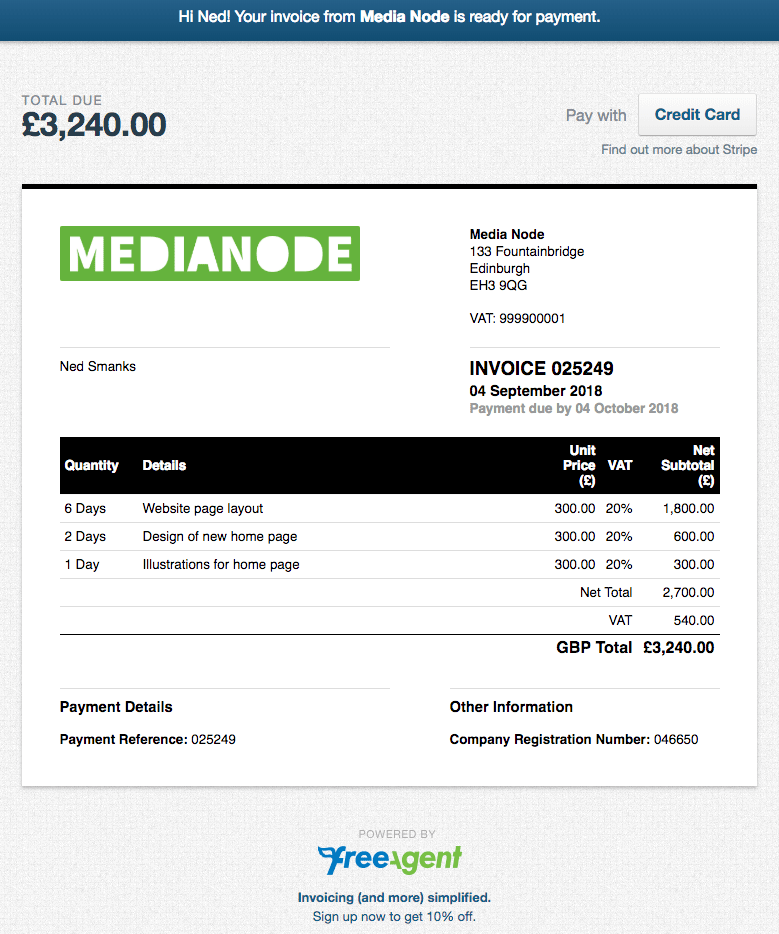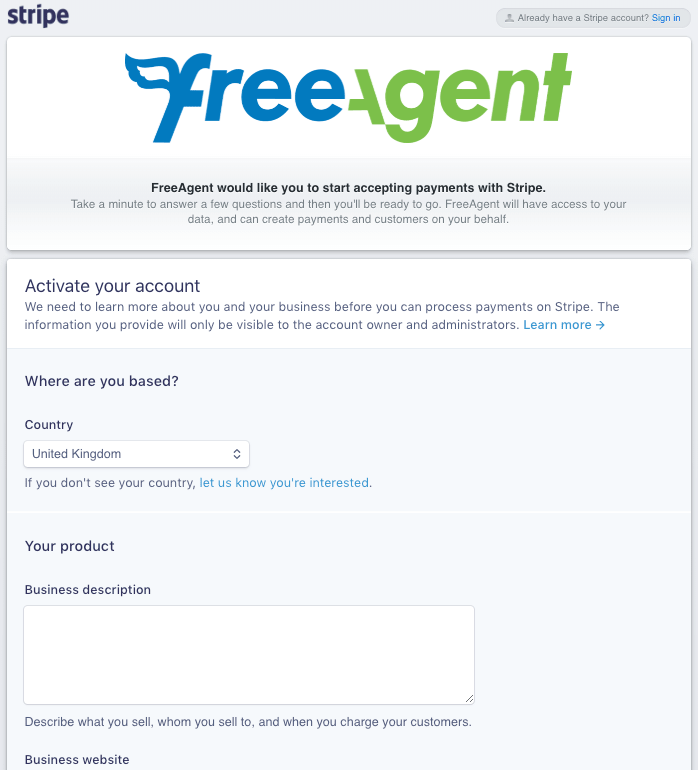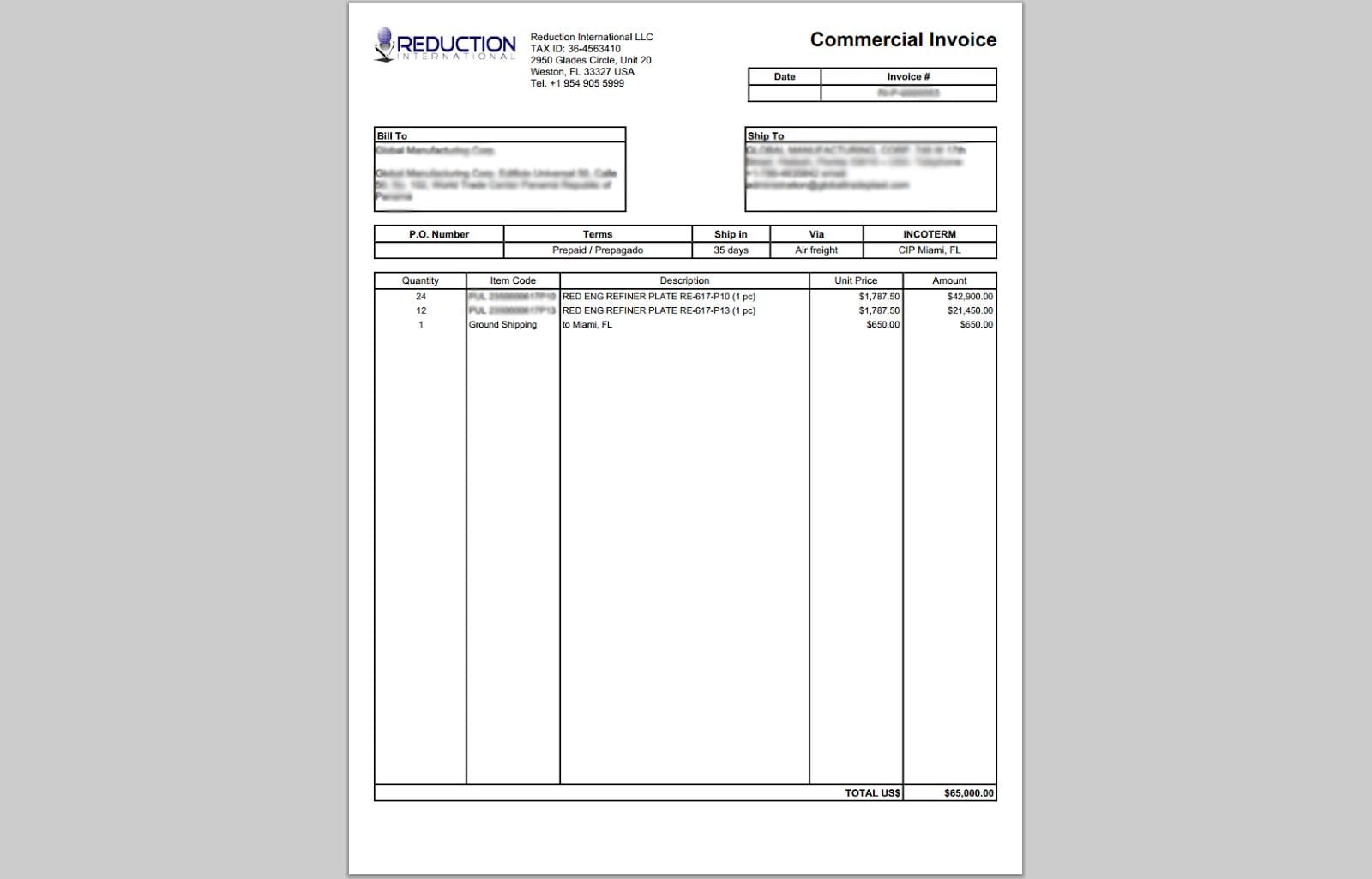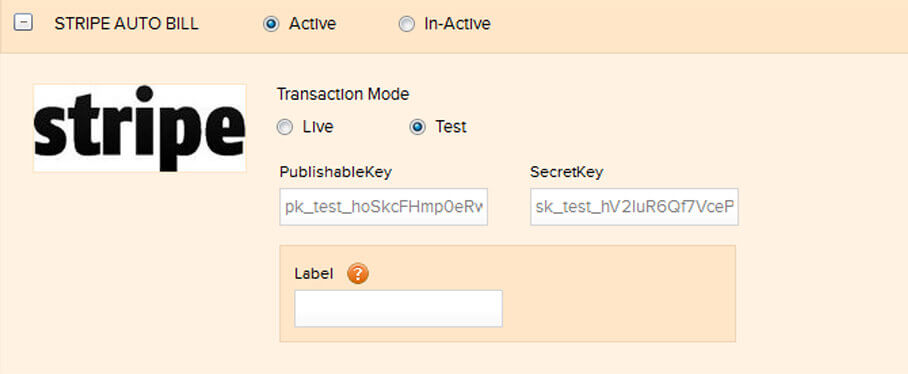

Once again, Stripe has 21 products and each of them has their own pricing.
Stripe custom invoices full#
With the full vendor lock-in of Stripe, you might stack dozens of fees that are directly impacting your own revenue. Stripe Billing will cost you 0.5% (and up to 0.8%) of your transaction volume, on top of Stripe Payments (starts at 2.9% + $0.30 per successful card charge). We're not fans of Stripe Billing's "rent-seeker" pricing approach. Table of comparison between Stripe Billing and Lago You can also overwrite specific values for a dedicated customer. You can define specific boundaries for a plan, but still collect usage-based items on a monthly basis. For instance, it's impossible to set up a yearly plan with monthly overages in Stripe. However, many businesses require a more complex setup. Stripe Billing was made for basic subscription billing systems, with simple boundaries, price plans, and calculations. No need to run pre-aggregation on top of your billing engine, Lago does it all! Example #2: Stripe has restrictive billing boundaries, while Lago has flexible ones. The event-based architecture makes it easy to send events on-the-go that are automatically interpreted by Lago into a proper unit to be charged. With Lago, you can fully customize your usage-based billing engine. Last but not least, Stripe's rate limit for usage ingestion is 100 requests per second, which can be a hard limitation for Cloud, API, Fintech, or AI companies (and lots of other verticals) that are recording heavy usage. (Read about the full experiment here and Hacker News’ comments here) We’re run a simple experiment: we tried to reproduce Stripe’s pricing ($0.30+2.9%) by using Stripe Billing, and we were unable to automatically calculate complex metering and aggregation related to usage-based billing. Stripe Billing is not event-based, so they require you to do a lot of preparatory work to fit into Stripe Billing’s architecture: you need to pre-aggregate usage-based events into proper units before sending them to Stripe Billing. Lago is.Īlthough Stripe Billing has been adding “usage-based billing capabilities” recently, their product wasn’t initially built for this. Example #1: Stripe is not designed for usage-based or complex billing. Stripe Billing was designed for the “subscription economy”. Lago was designed for usage-based and complex billing.

This gives you autonomy, freedom, and flexibility to design your stack and make it evolve as your company grows. Lago can be used with any payment platform, including Stripe, PayPal, Mollie, Adyen, etc. This eliminates the risk of vendor lock-in. With either native or custom integrations, you’ll be able to switch payment processors or use several ones as you see fit. Lago is agnostic, so you connect it to any payment processors. This can quickly become an issue: in some geographies, you might want to offer to collect payments through local payment methods that Stripe doesn’t offer, or to negotiate Stripe’s fees down you might need to have a payment processor alternative at hand. You won’t be able to use other payment processors than Stripe to collect payments for the invoices your companies will issue. Lago won’t lock you in with Stripe Paymentsįirst of all, choosing to use Stripe Billing means you are exclusively tied to a single payment processor… called “Stripe Payments”. Let’s go through the main differences between Lago and Stripe Billing. Read this article to get familiar with the templating syntax.Īfter we’ve set tokens in our document template, we go to configure the settings of the output file. How is Lago different from Stripe Billing? Other steps will be the same.Īs you can see in the screenshot above, our document has special in our example.

To do this, select “Start from blank” when you create a process. So you can upload your own document and turn it into a template. Note: It’s a good idea to use the Stripe invoice template in Plumsail Documents to unify the design of invoices. For instance, we will use our invoice template. You can use one of our invoice templates from the list if you don’t want to create your own invoice design. Then, select “Start from template” and give the process a name. Go to Processes in your Plumsail account and add a new process. In this step, we need to create the process in Plumsail Documents. Set up the invoice generation in Plumsail Documents Convert DOC, XLS, PPT to DOCX, XLSX, PPTX.Aliases in DOCX, XLSX, and PPTX templates.Operations in DOCX, XLSX and PPTX templates.Value properties in DOCX, XLSX and PPTX templates.
Stripe custom invoices how to#

Configure output file format and other settings.


 0 kommentar(er)
0 kommentar(er)
